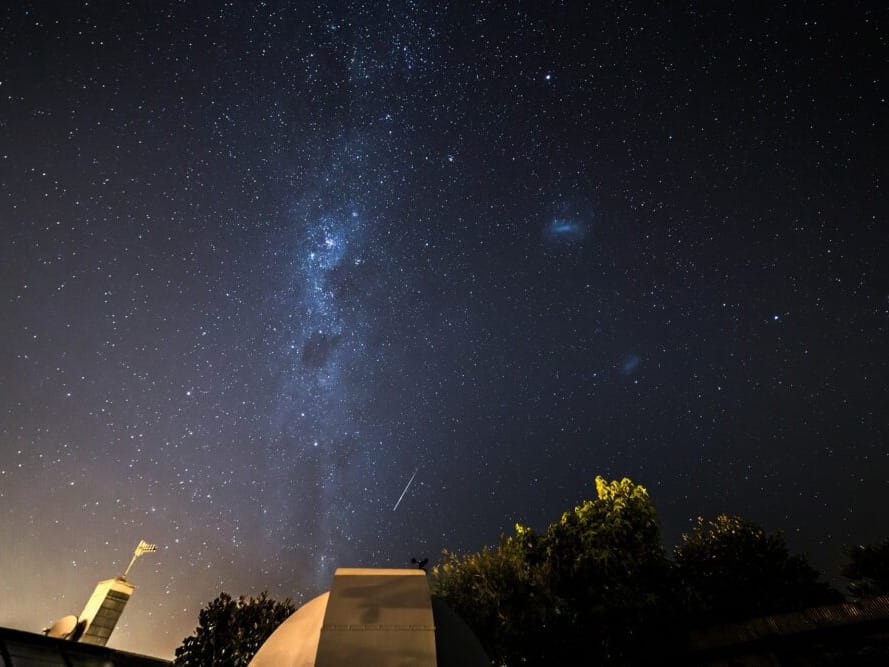Efforts among international organizations to fend off "light pollution" around some of the world's most pristine night skies have blossomed into a veritable dark sky movement.
The movement celebrates International Dark Sky Week during the first week of April with some recent gains. The European Union has new guidelines to cut night light from road and traffic signals. Germany has its first "dark sky community." Texas has its first "dark sky sanctuary."









